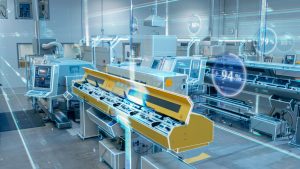Blockchain 2.0 and Ethereum
When Bitcoin went live in 2009, blockchain was nothing more than a record-keeping device, a place to permanently record data for future use. Bitcoin and other platforms that only offer the ability to store and retrieve data are often referred to as “blockchain 1.0” platforms. In 2015, Ethereum introduced the concept of “blockchain 2.0” platforms by introducing the concept of Smart Contracts. The ability for developers to include custom logic and rules in their transactions now meant blockchains could do more than just data storage – it was now a fully-fledged application development platform. Business processes could be modeled and automated on the same platform that transaction data lived on.
Today, Ethereum is one of the most widely used blockchain platforms. Smart Contracts, also known as “chain code”, are a way to program rules and decision points into transactions and processes on a blockchain. For those from a development background, a Smart Contract can be thought of as a class in traditional programming terms. Smart Contracts are published to the blockchain directly and allow one to automate transactions and ensure they all follow the same rules. Each Smart Contract, along with the transactions it performs, exists as records or transactions on the blockchain. Therefore, Smart Contracts also live as permanent entities on the blockchain – this is an important point to keep in mind when evaluating a Smart Contract as a potential solution component.
Blockchain in Global Supply Chain
Global Supply Chain is a huge area where many feel blockchain will see one of the most immediate impacts. In fact, in 2018, Walmart announced that they will be requiring all produce suppliers to be utilizing a blockchain solution by Q3 2019. They have stated that they intend to issue the same requirement to all produce suppliers by 2020. The supply chain will also have a large impact on automotive, so much so that companies like Mercedes are spending hundreds of millions of dollars to just explore possible solutions. The automotive industry believes that there will be a large financial gain from the implementation of blockchain when it comes to recalls and even counterfeit items. It is estimated that nearly 30% of the airbags in the United States are counterfeit. Being able to bring this number down significantly stands to save so many industries billions of dollars.

Figure: Manufacturing process in UK and USA using blockchain (Angrish et al. 2018)
Healthcare
Healthcare is one of the first places people learn about blockchain. The potential that blockchain has for impact on healthcare is astounding. It stands to not only save millions, curb counterfeiting, empower patients but most of all save lives. This will affect Electronic Health Records (EMR), insurance claims, genome research and so much more.
Airlines
Airlines are looking at blockchain as a way to replace and/or enhance registration, rebooking, vouchers, and loyalty programs. Airlines are also looking at blockchain as a way to track the maintenance and upkeep of incredibly complex devices. The number of critical components inside a modern jet airliner and the amount of traceability and audibility that goes into any work, repair, and adjustment of those complex machines is incredible and one can probably now begin to see why airline companies are making such an investment into the blockchain.
Tokenized Economies (Digital Assets)
Tokens are a way to allow people to own, trade, buy, sell, track and maintain incredibly small ownership pieces of real-world assets. These tokens are issued by Blockchain Network. This tokenized fractional asset ownership is enabling many new business models.
Payment Channels
With complete and up-to-date micropayment and payment records, a business would foreseeably never have to stop and square up its books with any of its suppliers, vendors, manufacturers, lenders, etc. Instead, all participants in a business network could know exactly where they always stand. This would give business leaders and decision-makers greater clarity and insight into their businesses. This could also simplify the maintenance, upkeep, and accounting process, allowing leaders to focus on activities with a high value add or return for time spent.






